How many times can we consider whether a handbag purchase qualifies as an investment? Apparently, never enough, as PurseBop is quizzed on this question repeatedly. Frankly, even among the PB team there are friendly disagreements. However, when you really boil it down, it’s a matter of degree and the difference between a financial investment and a fashion investment.
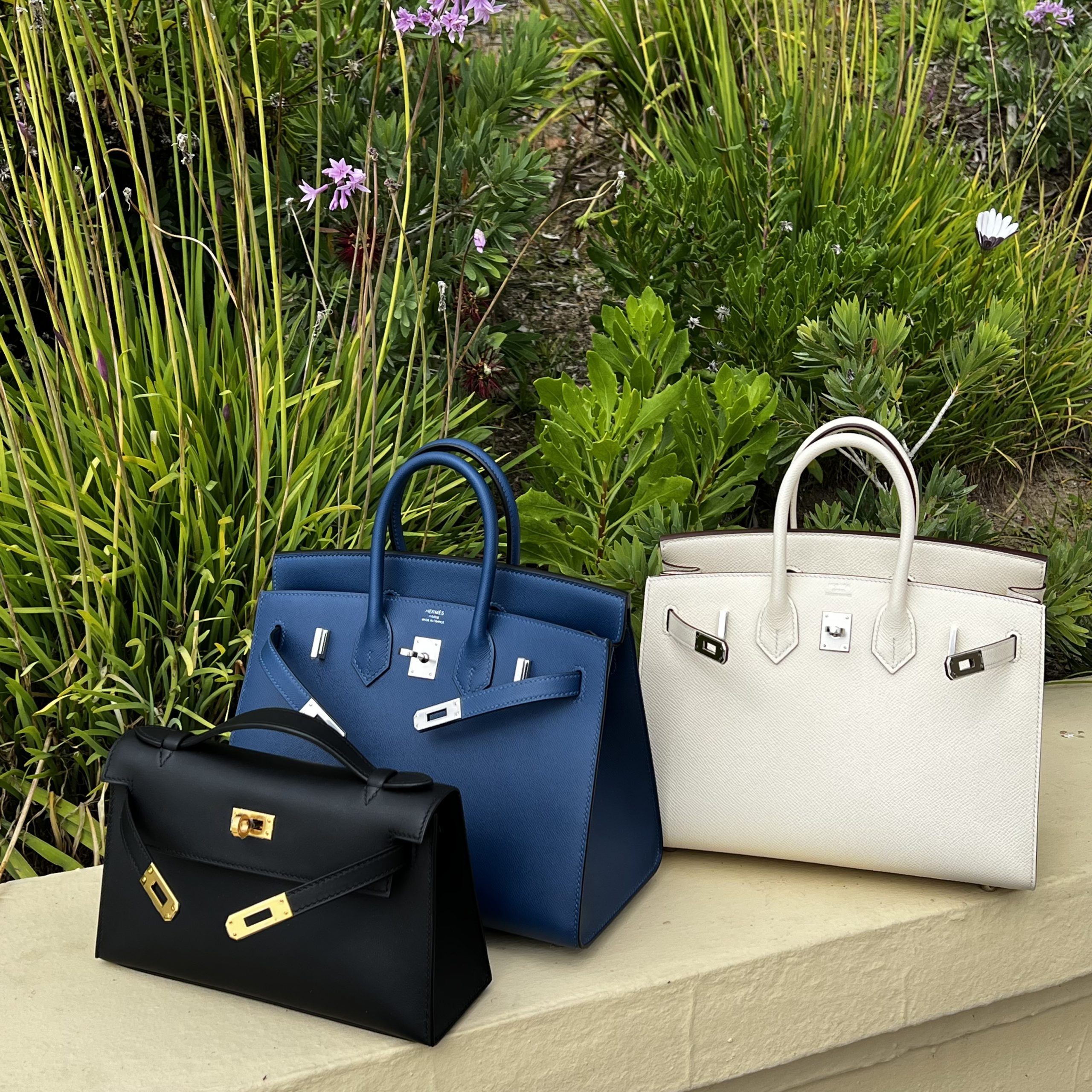
@pursespotter_karenzkloset @pursebop
Let’s start with what constitutes an investment. Investopedia provides a simple definition:
An investment is an asset or item that is purchased with the hope that it will generate income or appreciate in value at some point in the future.
By this standard, a handbag theoretically could be an investment. It certainly is if this is your business enterprise- just look at resellers who purchase bags with the intent to sell at a profit. But put them aside. We’re considering whether that Hermès Birkin or Chanel Classic Flap (or frankly any other purse) you’re considering buying is going to make you significant money.
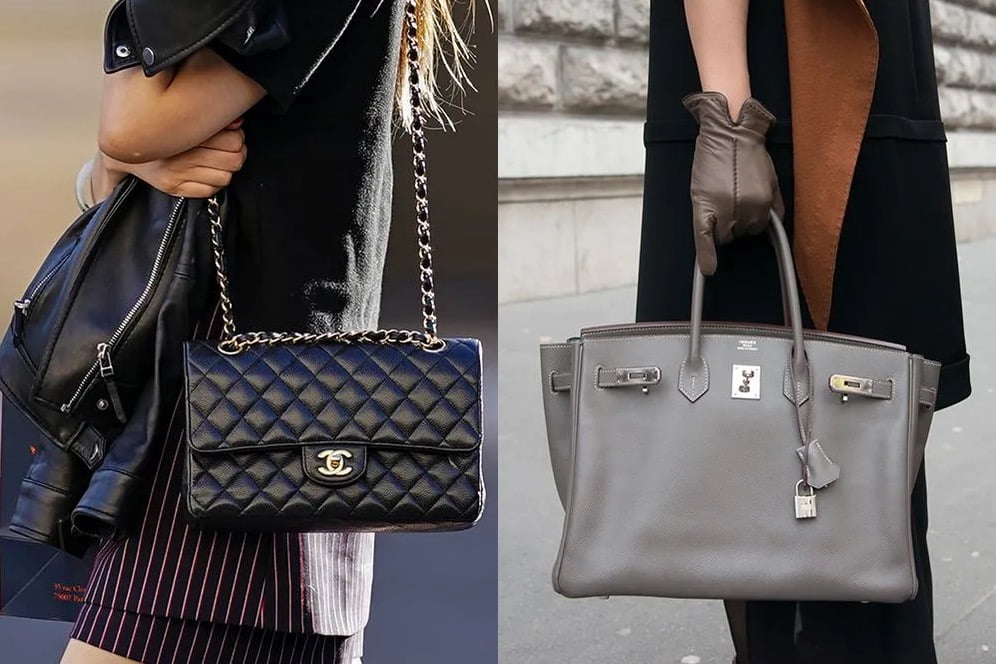
Image Credit: Goxip.com
Generally speaking, the pretty clear answer is no. Might you make some? Yes, if the bag remains brand new in box (BNIB), is highly covetable and hard to obtain. For example, as we’ve written, right now your mini Kelly just might trade for thrice what you paid. That sum, however, only hits your account if you put it on the market yourself. Going through a reseller, probably doubles your money.
Read:
Beyond the Hermès mini Kelly, it is the unusual bag that appreciates this way. Yes, we’re talking about that diamond encrusted Himalaya Birkin. But if you have that, you’re probably not so concerned with whether the bag is an investment or not.
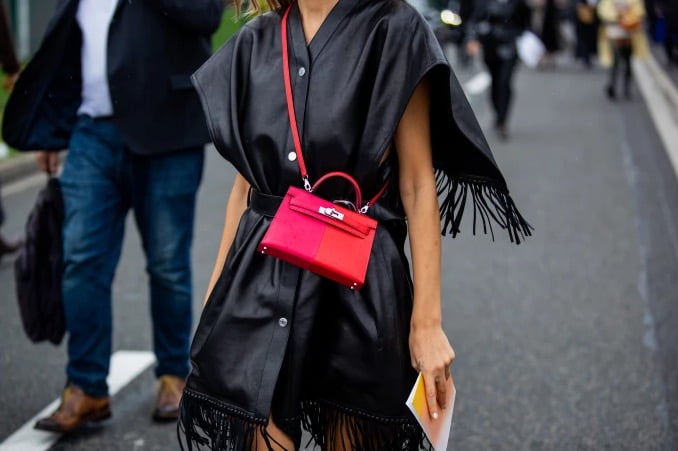
Image Credit: Sotheby’s
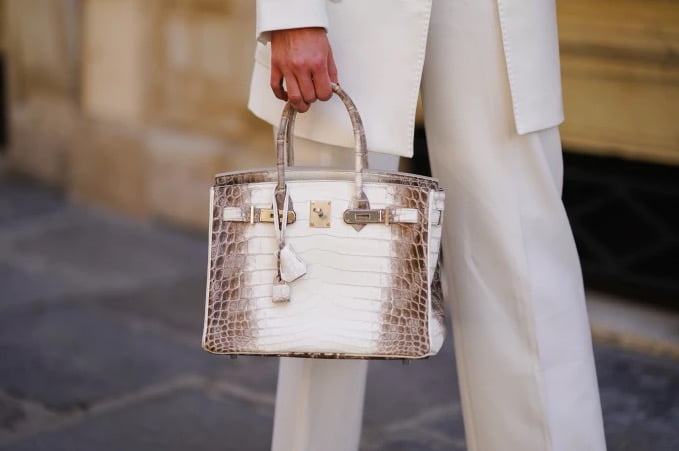
Image Credit: Sotheby’s
In reality, your handbag (or handbags) are unlikely to fund your retirement. PurseBop published an article about its Editor’s experience with a 2004 Chanel flap purchase; how she was now offered more for that bag than she paid (about $5000 more), but had she invested in Apple stock at that time, it would be worth nearly a quarter of a million dollars (at the time of writing, anyway).
Read: Apple Stock or Chanel Flap: Guess the Better Investment
From this standpoint, your handbag is not a financial investment. It is not a vehicle for creating wealth, as are stocks, bonds, real estate, etc., notwithstanding the category’s inclusion in some luxury investment indexes. While your collection can be an asset in a net worth calculator (and as property requiring insurance), with the exceptions discussed above, rarely is there appreciation that you can realize.
However, as a fashion investment a luxury handbag can really score. And soar. Let’s face it, most bag buyers want to use the bag. Unlike art, which is primarily for viewing pleasure, handbags are functional. Whether to carry your necessaries or even just to complete an ensemble (yes, you PurseBop), rarely are handbags merely left on display.
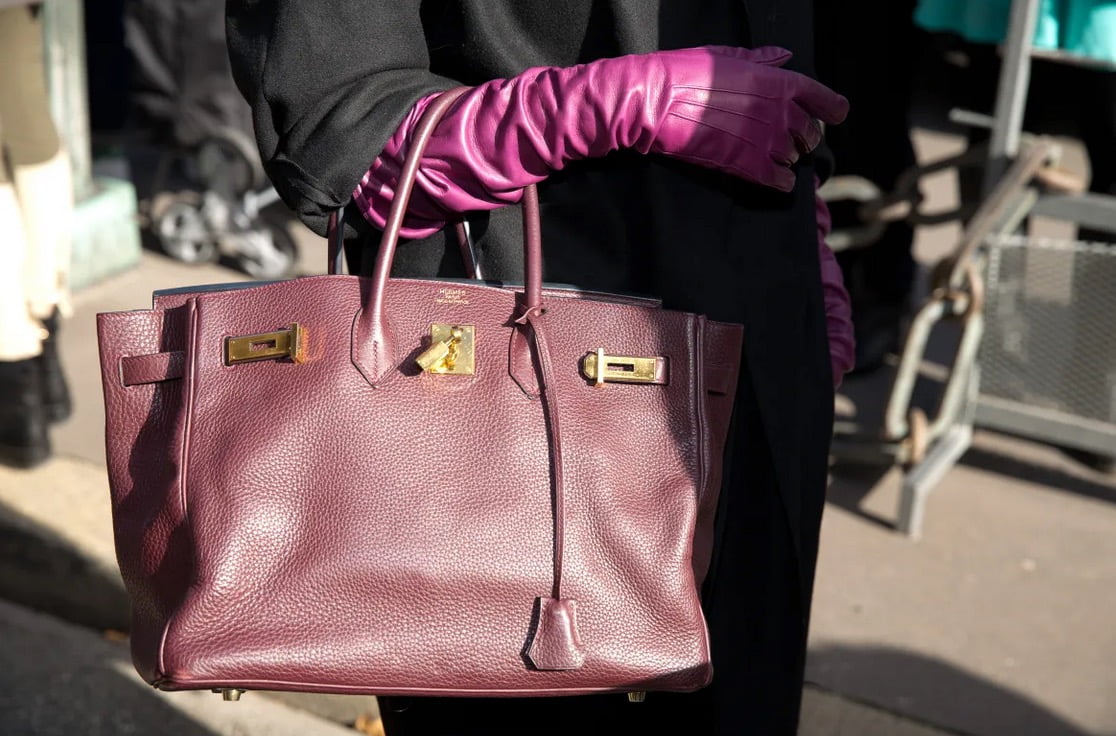
Image Credit: GlobalGlam.com
Even with use, handbags withstand the test of time better than other fashion items. Shoes are worn down, clothing gets stained. But a handbag can last nearly forever, especially a good one. Indeed, Hermès’s Womenswear Artistic Director pointed to the longevity of use of Birkins, reducing the cost per year.
Which brings us to the issue of what we’ll call “retained value.” Used luxury handbags sell in the secondary market better than other fashion items, except perhaps top-branded jewelry. Of course, condition, age, desirability, exclusivity come into play. However, when you’re talking about resale, bags are generally the bestsellers, particularly Hermès, Chanel and Louis Vuitton. One need only look at the number of resale sites devoted to handbags over other items.
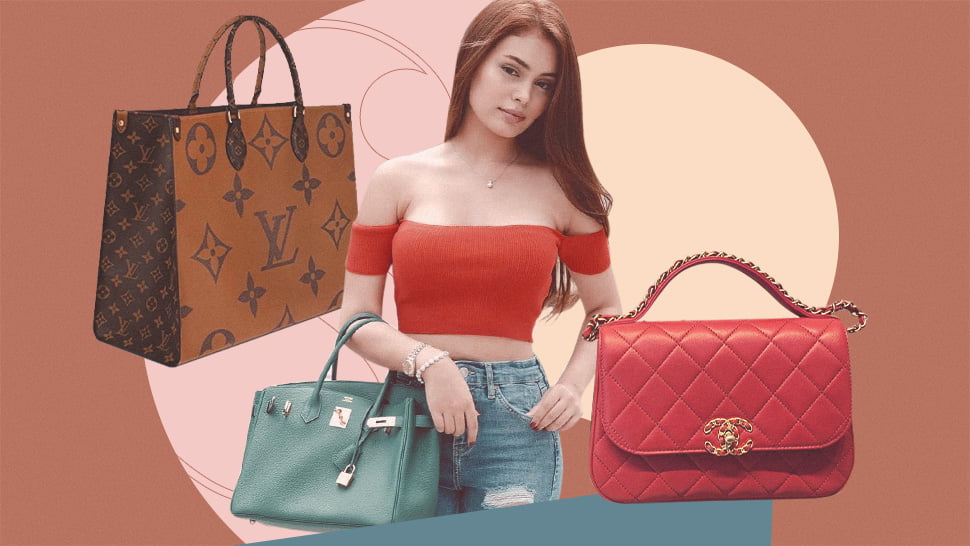
Image Credit: @ivanaalawi
The contemplation about retained value actually goes further than when one seeks to rehome a bag. Nowadays, many are considering this concept even before the purchase: if I don’t like using it or I no longer need it, how much of my cost will I recoup? It’s a valid concern, no doubt, for someone making a purchase in the range of thousands of U.S. dollars. Surely there’s comfort knowing that if this purchase turns out to be a mistake, I recover some percentage of my expenditure.
Further, as a fashion investment, handbags are items that nearly everyone, regardless of age, size, gender, can enjoy and use. Really, how often do you hear (other than as a joke), “does this bag make me look fat?” Not much, we’re guessing (or hoping).
However, even as a fashion, rather than financial, investment, nothing is guaranteed. How much you can recoup upon resale, of course, depends on the specific bag and its condition, age, rarity, etc., as well as whether you use an intermediary. And, most importantly, there are no guarantees. As fashion trends and tastes change, so may the retained (or other) value of your handbag. Moreover, if you need cash fast, expect fire (or garage) sale pricing. In other words, not a whole lot.
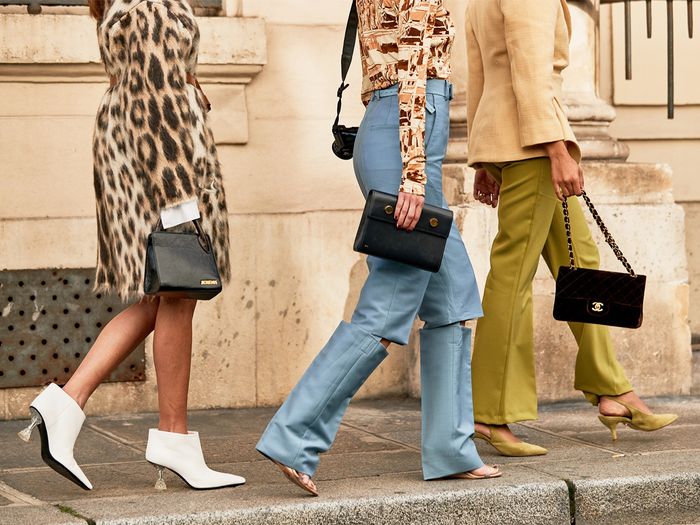
Image Credit: Szymon Brzóska, The Style Stalker
So, to answer the question, go ahead and consider your luxury purses as fashion investments. Use and enjoy, strut your stuff, have fun with fashion, knowing that when you’re done or tired of that bag, you may be able to sell it for some as yet unknown sum.
But, and it’s a really big but, don’t lose sight of the fact that these are luxury items. In reality, your handbags are not the financial investments that will help fund life goals like home purchases, college tuition, or retirement.
Tell us, do you agree with the distinction between financial and fashion investments?
Love, PurseBop
XO
Updated: July 26th, 2022





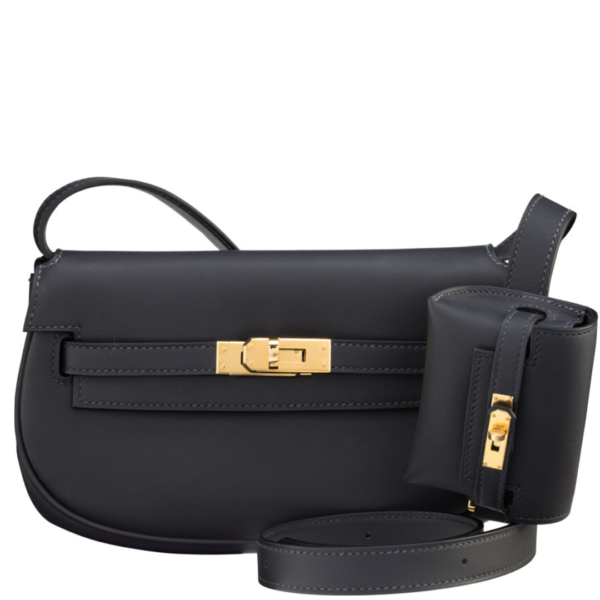

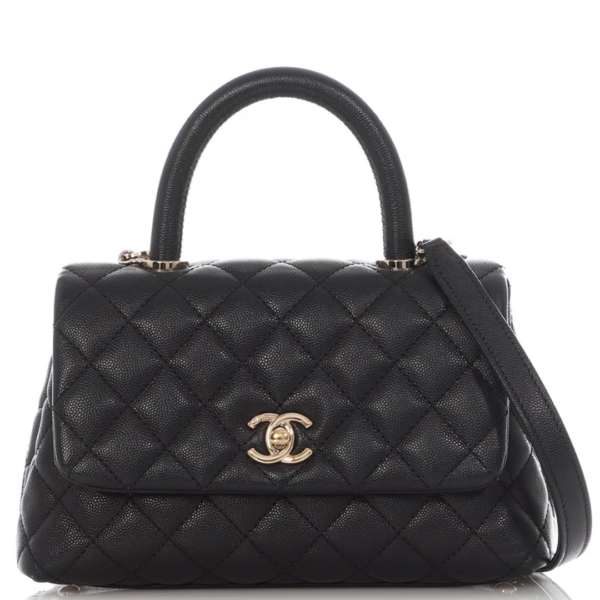





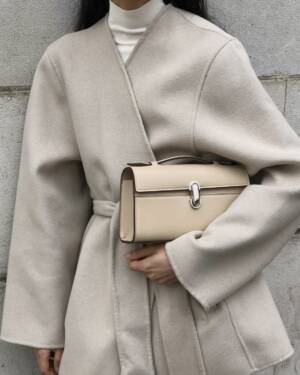
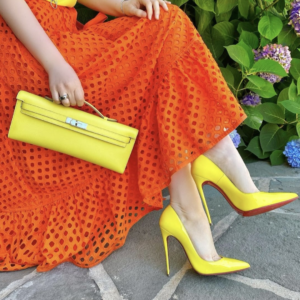

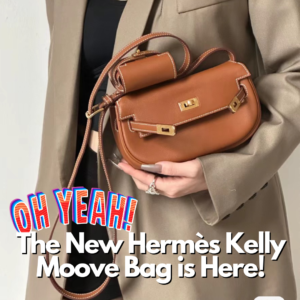
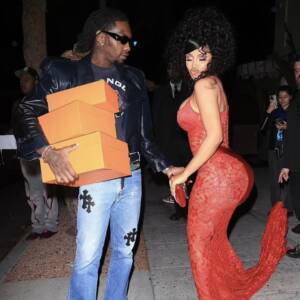
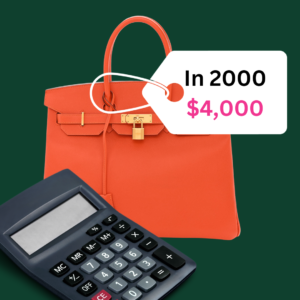



Comments